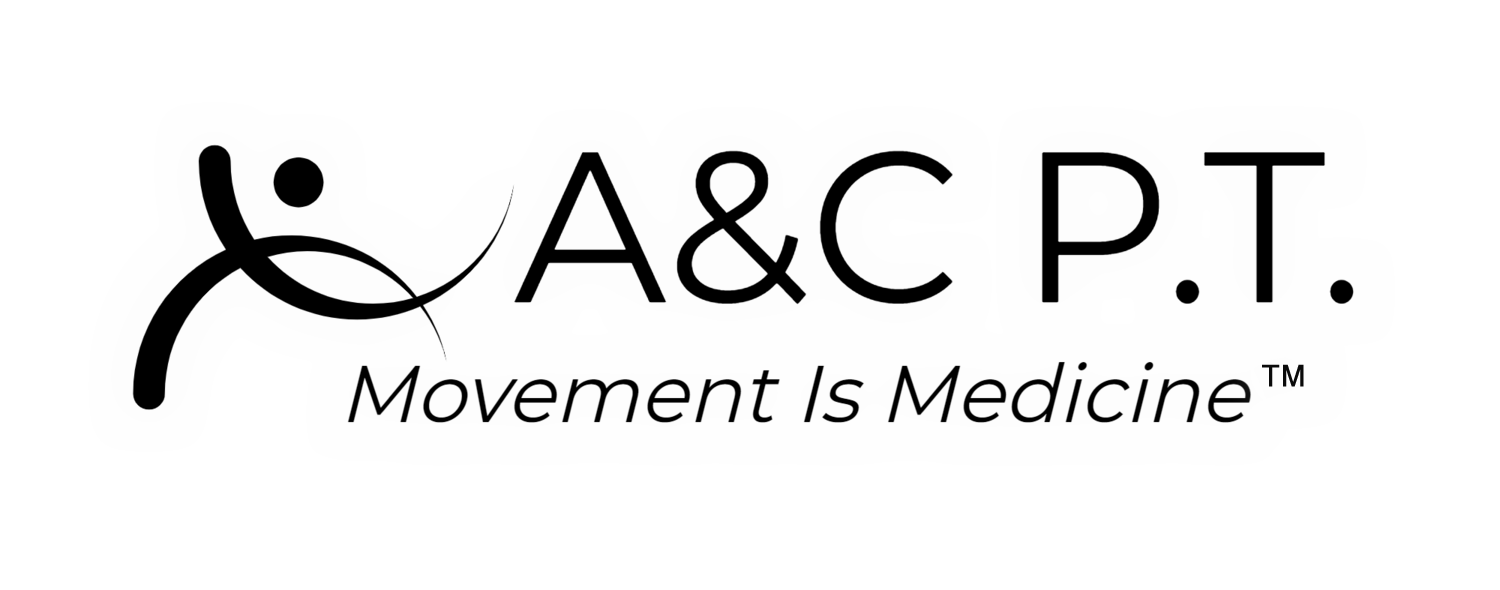Physical Therapy Can Improve Posture
Neck Pain, low back pain, shoulder pain and even TMJD pain can all be caused by poor posture
Symptoms of poor posture
Rounded shoulders.
Potbelly.
Forward-head posture
Bent knees when standing or walking.
Back pain.
Shoulder pain.
Wrist and hand pain.
Body aches and pains.
Muscle fatigue.
Headache.
jaw pain
Trouble concentrating
“A & C’s therapists care deeply about the well-being of their clients and are super friendly and approachable. I would recommend them to anybody with an injury or ailment.”
The Nervous system is creative
The nervous system does an amazing job at adapting to its surroundings and coming up with movement strategies to do make life easier. This includes coming up with compensatory strategies allowing you to function normally while hunching at the office or slouching to use your cell phone. Little did you know, over the course of time the nervous system starts to think these poor postures are the new normal and starts to permanently adapt. Muscnd can startthese to creative movement straof these new compensatpry strategies as your neck The brain assumes that the body needs to be propped up to counteract the effects of gravity, so it triggers further muscle contraction. This adds to the general fatigue and pain felt by the person with poor posture.
Listen to your body
Good posture feels effortless, which is why traditional ‘good posture’ suggestions like throwing your shoulders back and sticking out your chest may feel uncomfortable too. Instead, listen to your body. Make minor adjustments while standing and sitting. Which position feels the easiest and most graceful?
In most cases, concentrating on other tasks (such as work) can direct attention away from any feelings of physical discomfort. Get into the habit of regularly tuning in to your body. If you feel muscle tension or fatigue, move into another position.
Improve your general posture
Suggestions include:
Remember the rule of ‘curve reversal’ – for example, if you’ve been leaning over your desk, stretch back the other way.
Perform stretching exercises two or three times a week to boost muscle flexibility.
Exercise regularly to improve muscle strength and tone.
Stretch your neck muscles regularly by turning your head from one side to another.
Your abdominal muscles support your lower back, so make sure they are in good condition. Do ‘abdominal crunches’ (lie on your back and curl your ribcage and pelvis as close together as possible) rather than straight-backed sit-ups (which exercise the muscles of the hips and thighs).
Avoid standing on one foot for long periods of time.
Cross your legs at the ankle, rather than the knee.
Maintain good posture
Suggestions include:
Avoid sitting in soft, squashy chairs.
Use lumbar rolls to support your lower back when sitting in regular chairs or driving the car.
Switch to ergonomic chairs in the office or for any activity that requires you to sit for long periods of time.
Make sure your mattress is supportive enough to keep your spine straight when lying on your side.
Use a pillow that supports your neck.
Keep your back straight and use your thigh muscles when lifting heavy weights.
Things to remember
The complications of poor posture include back pain, spinal dysfunction, joint degeneration, rounded shoulders and a potbelly.
Suggestions to improve your posture include regular exercise and stretching, ergonomic furniture and paying attention to the way your body feels.
See your physical therapist for further information and advice.
We can help you correct muscle imbalances, instability, decreased mobility and loss of strength. Most importantly we will help you achiev your expectation of full function without pain.
Learn more about on neck pain and how physical therapy can help.

